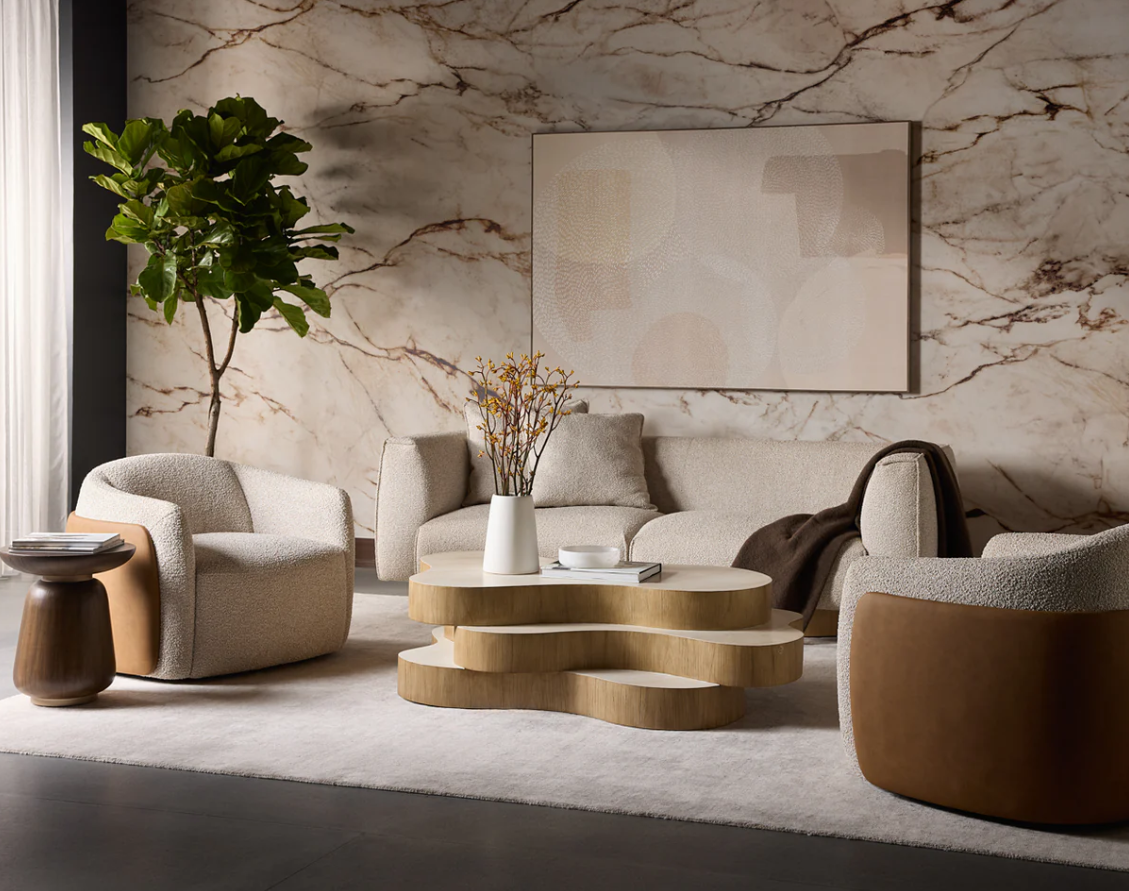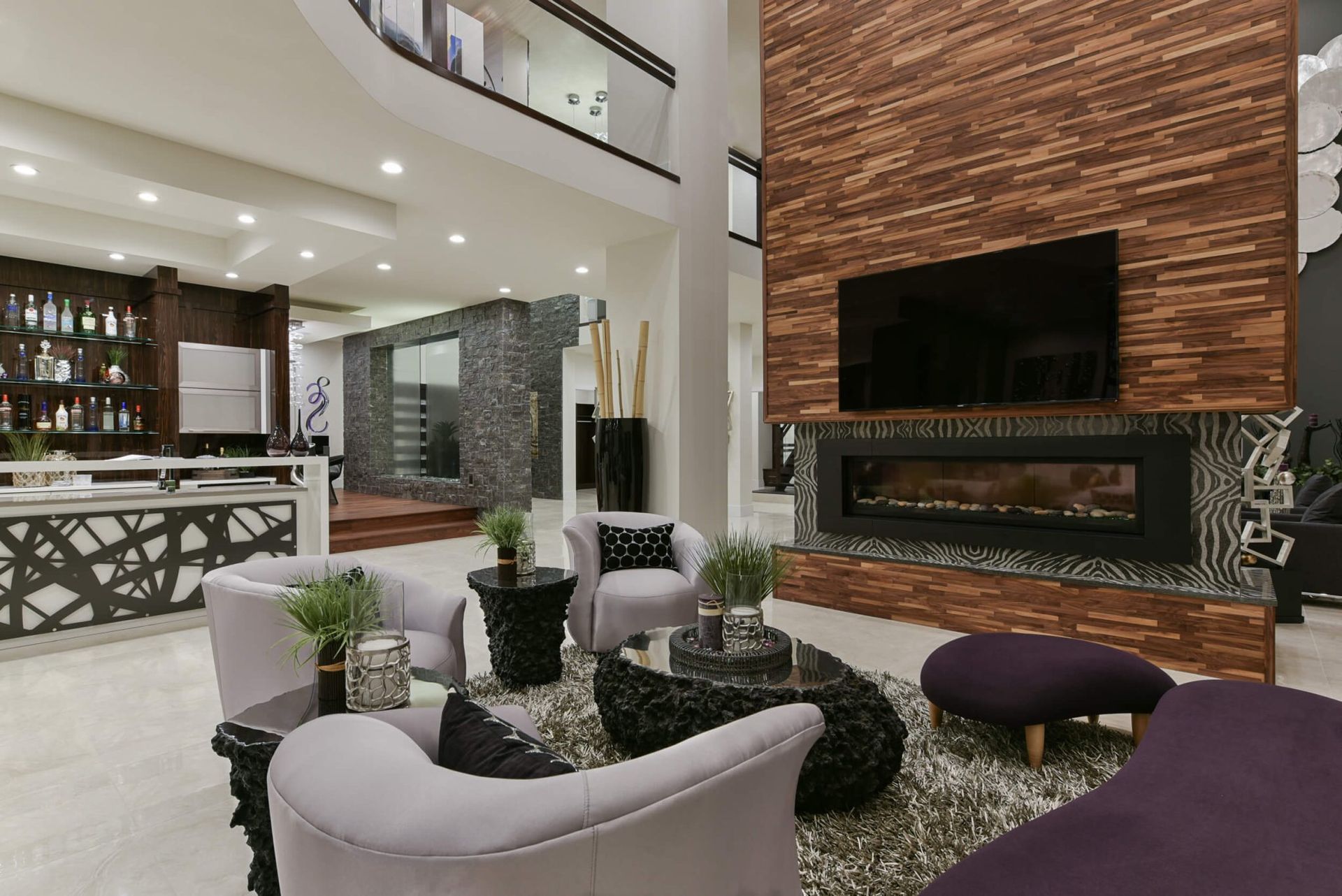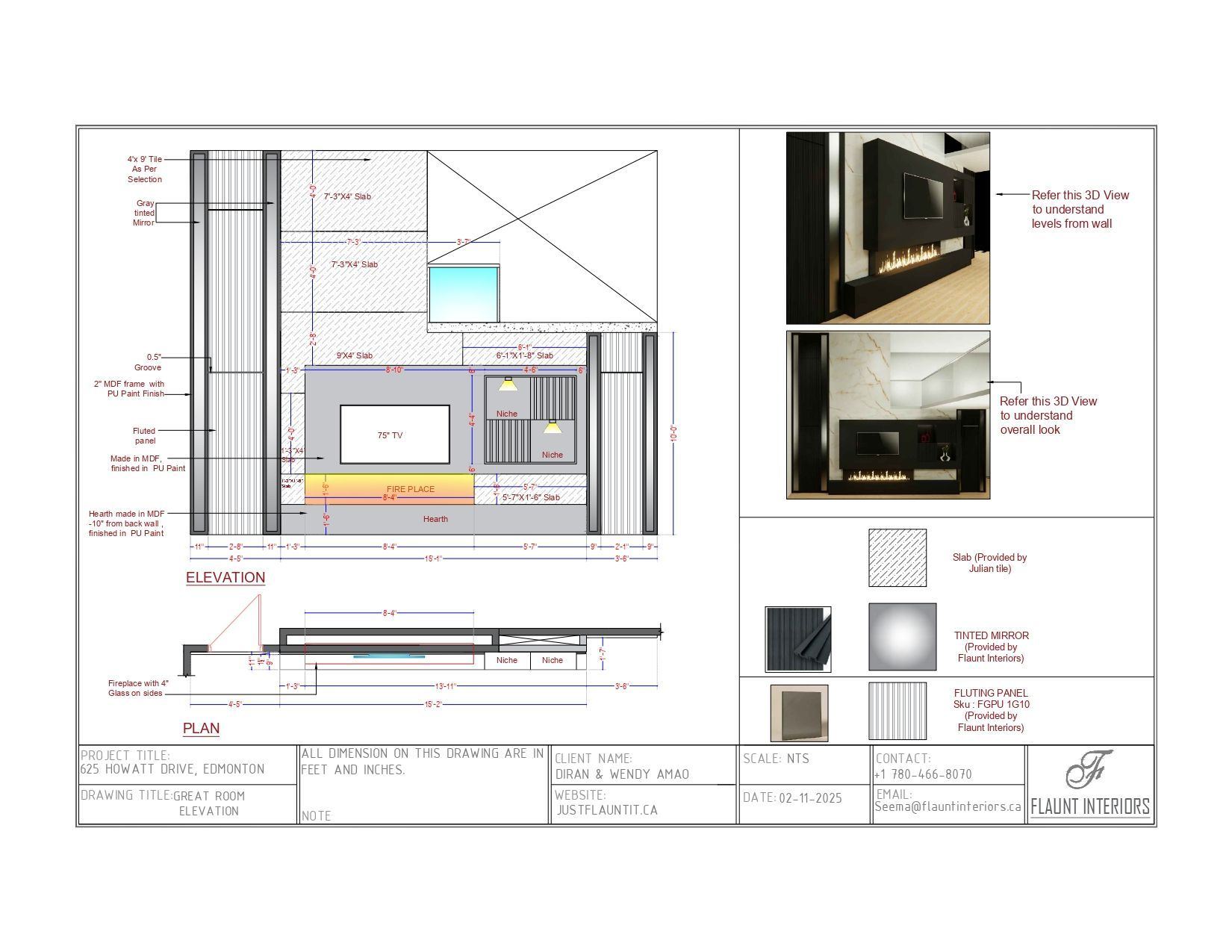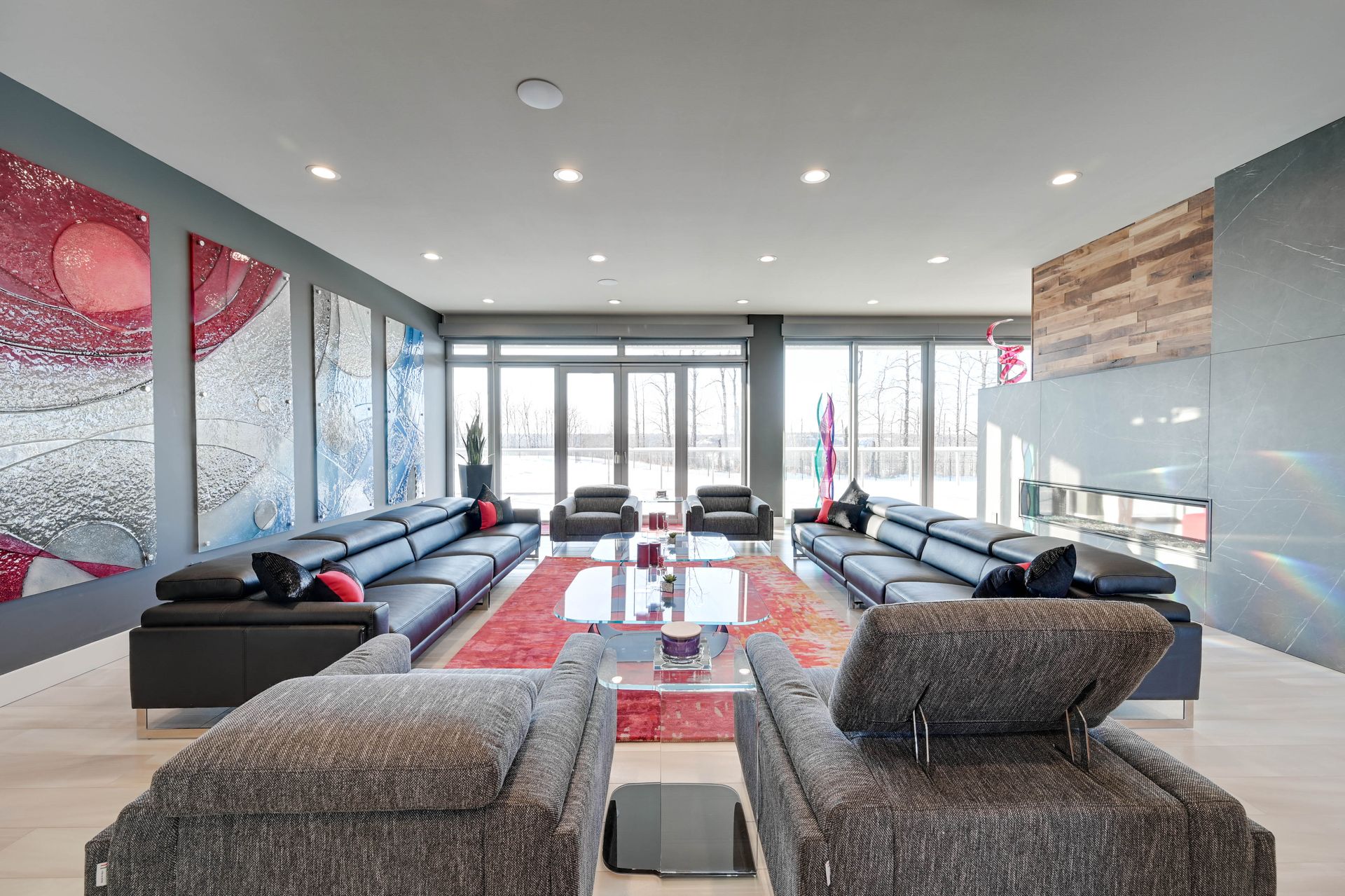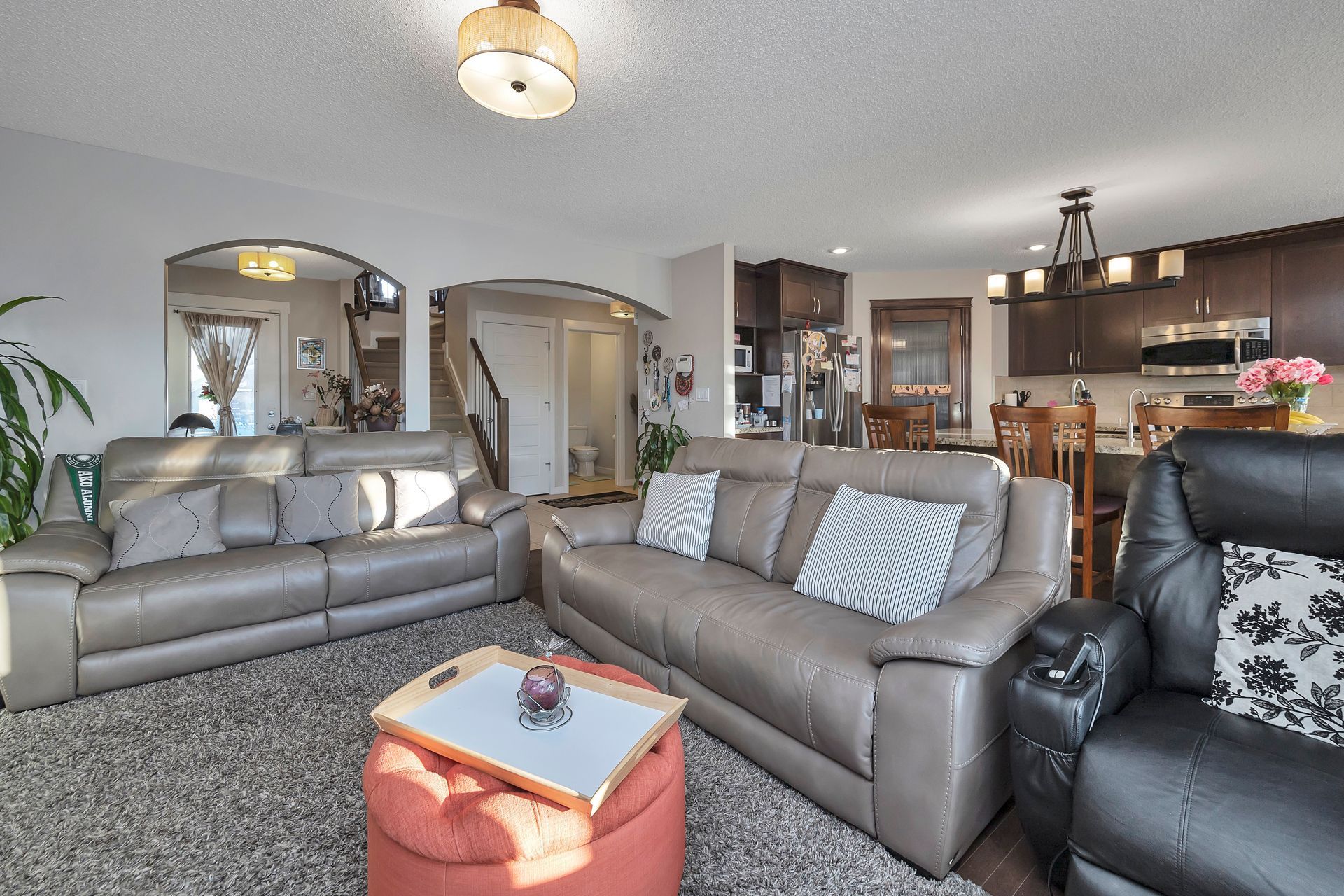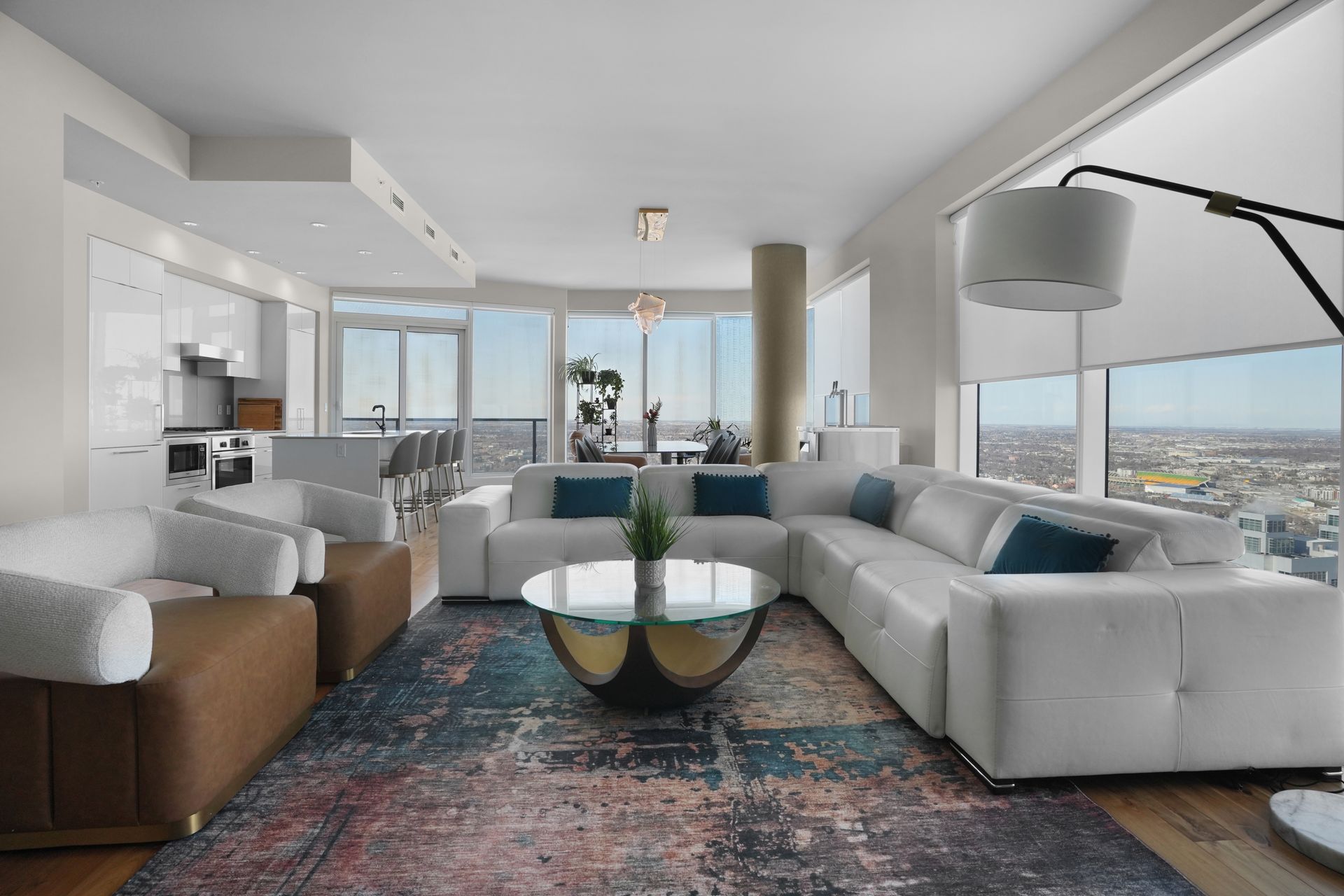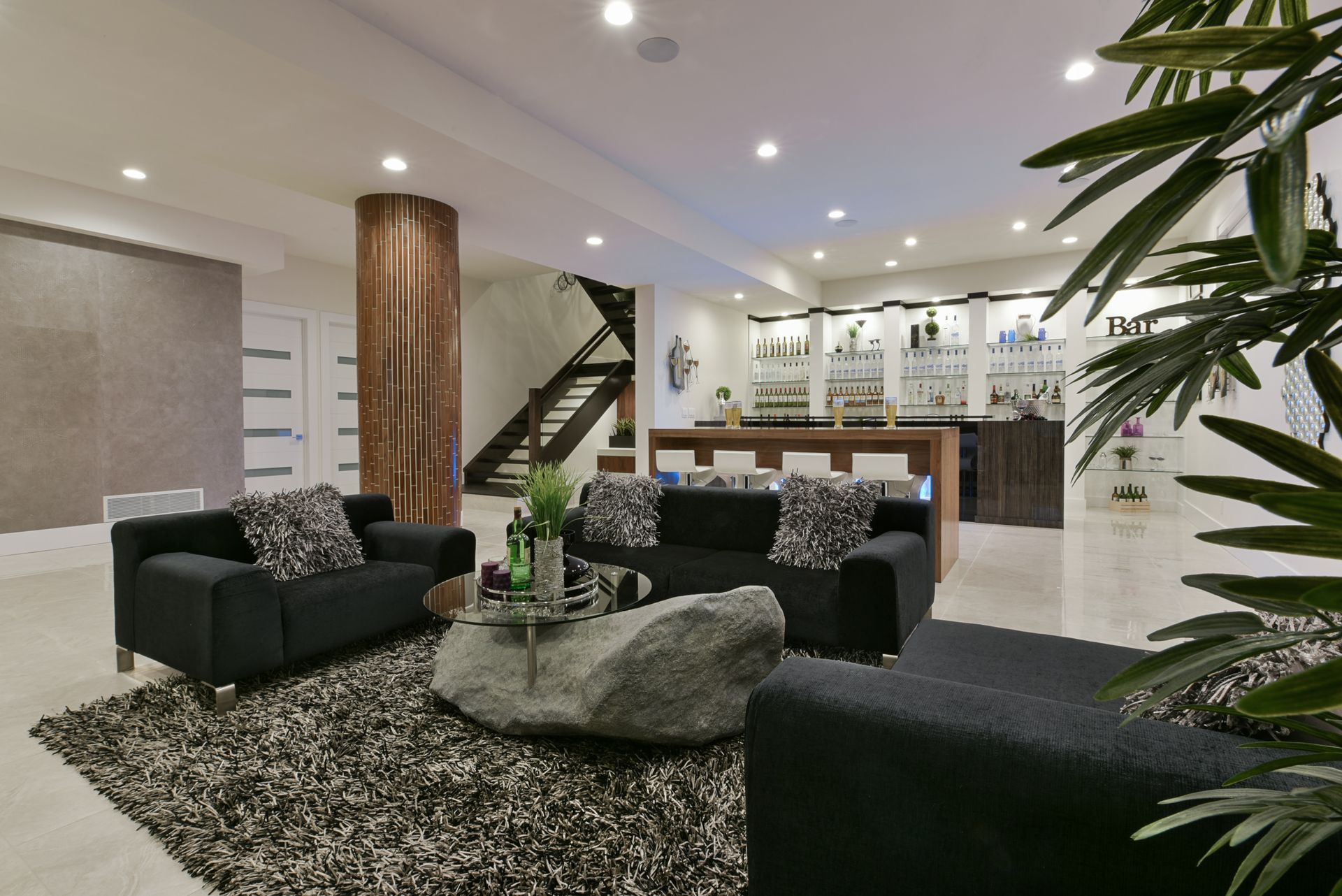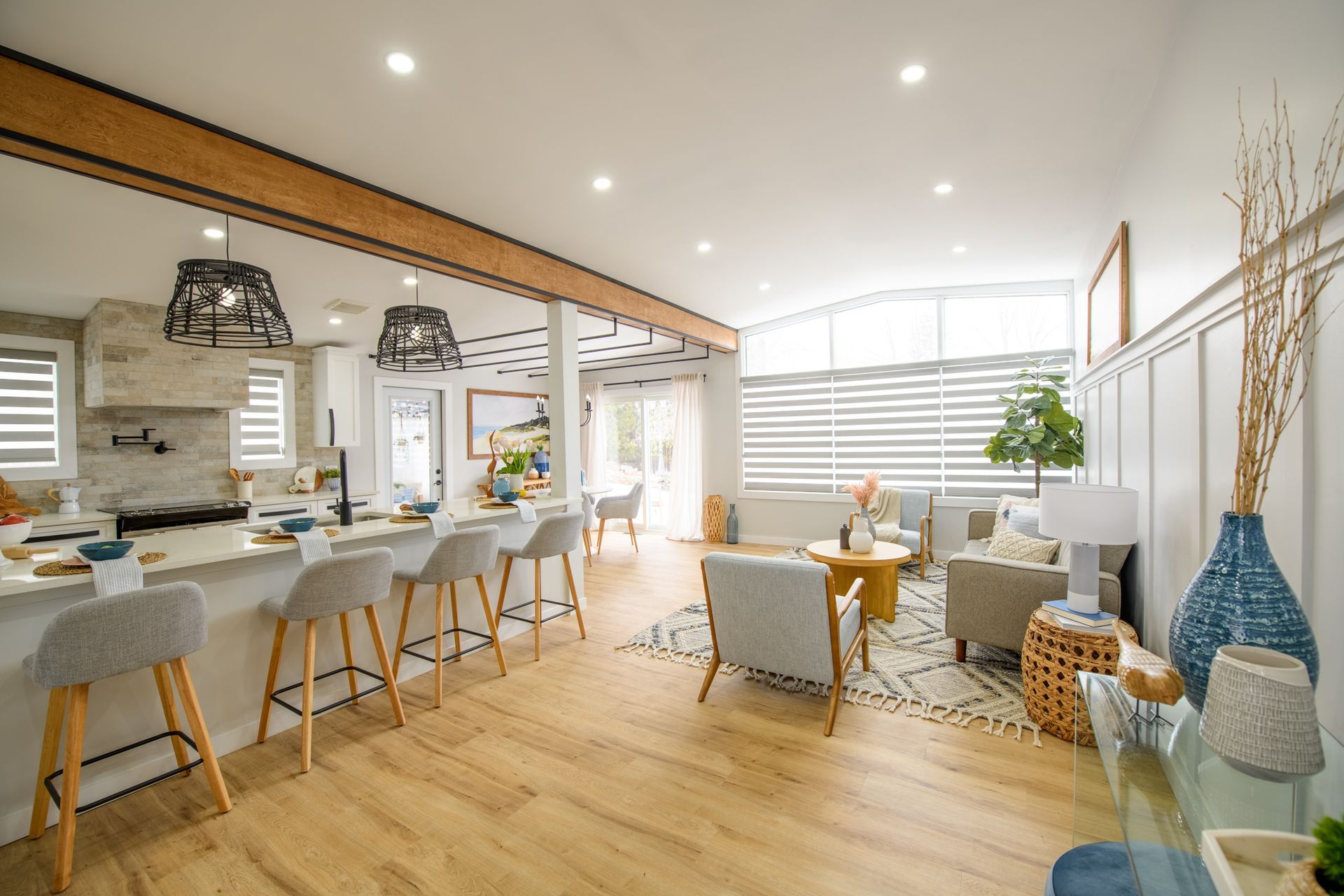The Art of Staging with Consignment Furniture
When it comes to selling a home, first impressions are everything. Proper staging can help potential buyers envision a lifestyle they desire—and ultimately increase your home’s value and sale speed. Using consignment furniture to stage a property is not only cost-effective but also offers unique design opportunities. In this blog, we’ll explore how to master the art of home staging with consignment pieces.
Why Use Consignment Furniture for Staging?
- Affordability: Staging an entire home with new furniture is costly. Consignment provides high-end looks at a fraction of the price.
- Flexible Options: Find a wide variety of styles, colors, and textures to match your home’s aesthetic.
- Temporary Use: Since staging furniture is often only needed for a few weeks or months, consignment is a practical, short-term solution.
- Eco-Friendly: Staging with pre-loved furniture reduces waste and supports sustainability.
Step-by-Step: Staging a Home with Consignment Furniture
1. Evaluate the Space
Walk through the property with fresh eyes. Identify focal points, awkward corners, and areas that could benefit from warm, welcoming furnishings.
2. Define the Target Buyer
Understanding who will likely purchase the home helps you choose appropriate furniture. Is it a young couple? A growing family? A retiree? Tailor the style to appeal to them.
3. Select a Cohesive Theme
Choose a consistent design theme that aligns with the home’s architecture:
- Modern and sleek for contemporary homes
- Traditional and elegant for colonial styles
- Rustic and cozy for farmhouses or cottages
4. Source Your Pieces from a Consignment Studio
Visit your local studio to select key items:
- A sofa and coffee table for the living room
- A dining set to define the eating area
- Accent chairs and end tables for cozy touches
- Artwork and lamps for ambiance
Consult with studio staff for recommendations—they’re often happy to help curate pieces.
5. Arrange for Delivery and Setup
Coordinate delivery well before photography or open houses. Place pieces to maximize space and flow. Use area rugs to define zones and lighting to create the atmosphere.
Tips for Effective Staging
- Declutter: Clear out personal items, excess decor, and mismatched furniture.
- Keep It Neutral: Opt for neutral tones that appeal to most buyers.
- Highlight Functionality: Show buyers how each space can be used.
- Add Layers: Use pillows, throws, greenery, and art for warmth.
- Scale Matters: Use appropriately sized furniture to avoid overwhelming the room.
Examples of Strategic Staging
- Living Room: A cozy seating area with a clean-lined sofa, coffee table, and accent chairs.
- Dining Area: A wood table with simple place settings and a centerpiece to evoke family meals.
- Bedroom: A neatly made bed with a headboard, nightstands, and soft lighting to suggest relaxation.
What to Avoid
- Over-personalizing with bold colors or eccentric decor
- Crowding the space with too much furniture
- Using worn, stained, or outdated pieces
- Ignoring smaller rooms like offices or guest bedrooms
Final Thoughts
Staging your home with consignment furniture offers a smart, stylish, and budget-friendly way to increase buyer interest. With access to unique, high-quality pieces, you can create an inviting environment that helps buyers emotionally connect with the space. Whether you’re selling a cozy condo or a sprawling estate, a well-staged home—enhanced by consignment treasures—can make all the difference in achieving a successful sale.
Share This Blog
